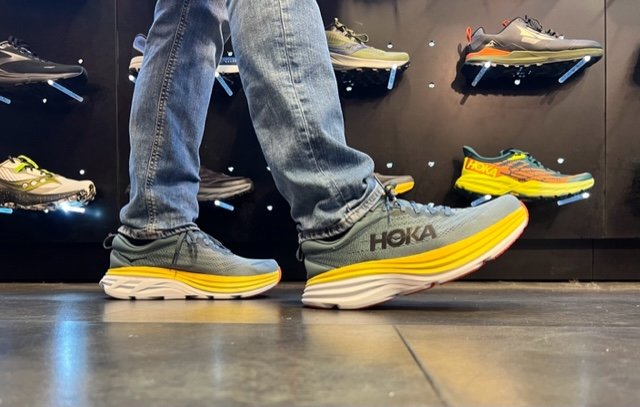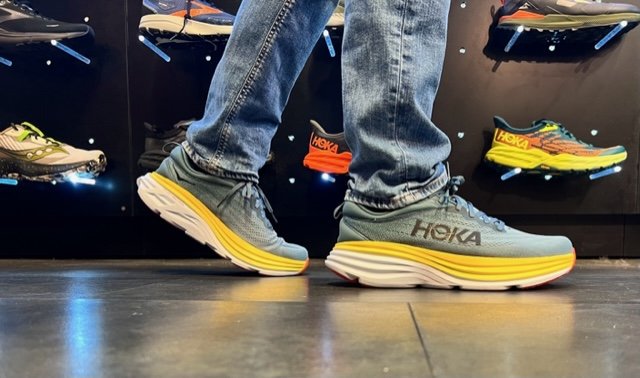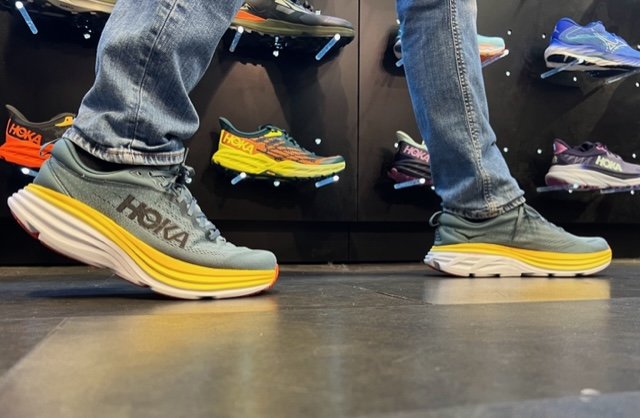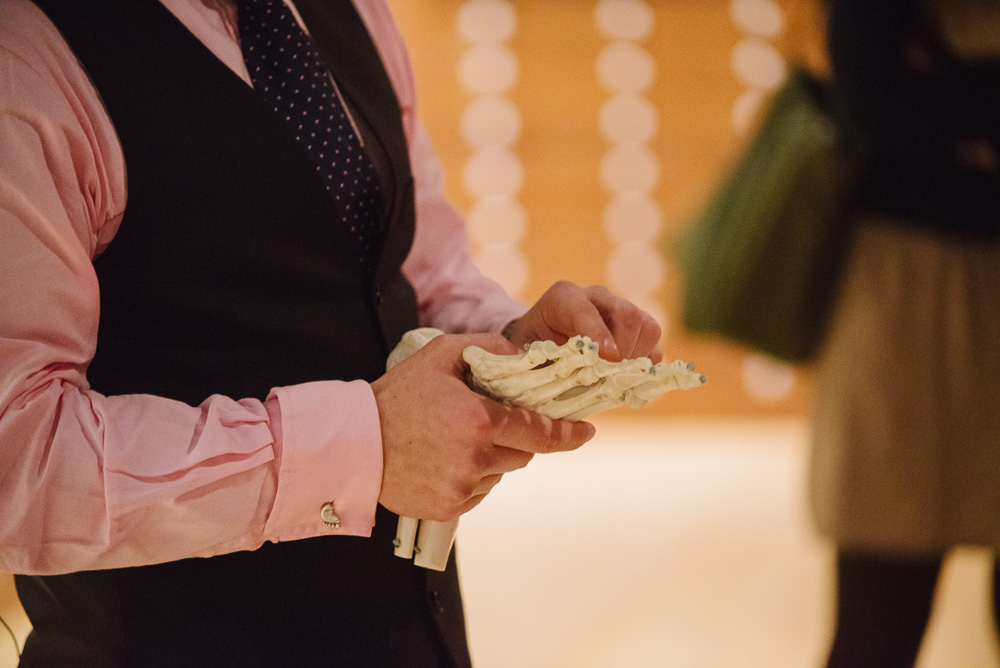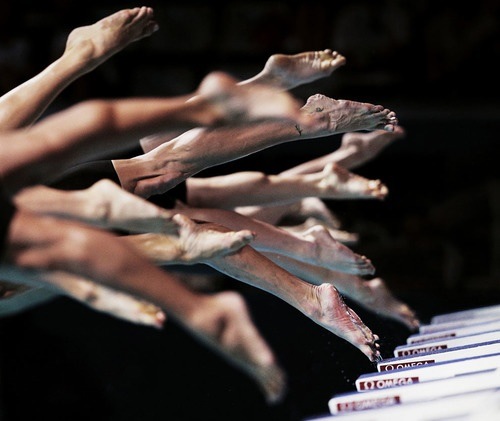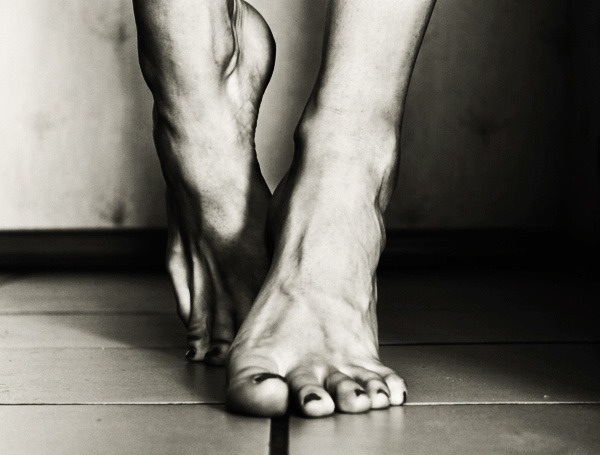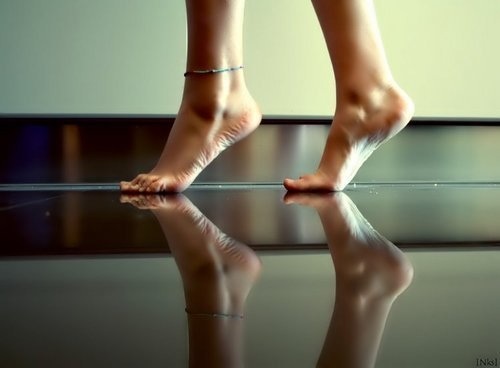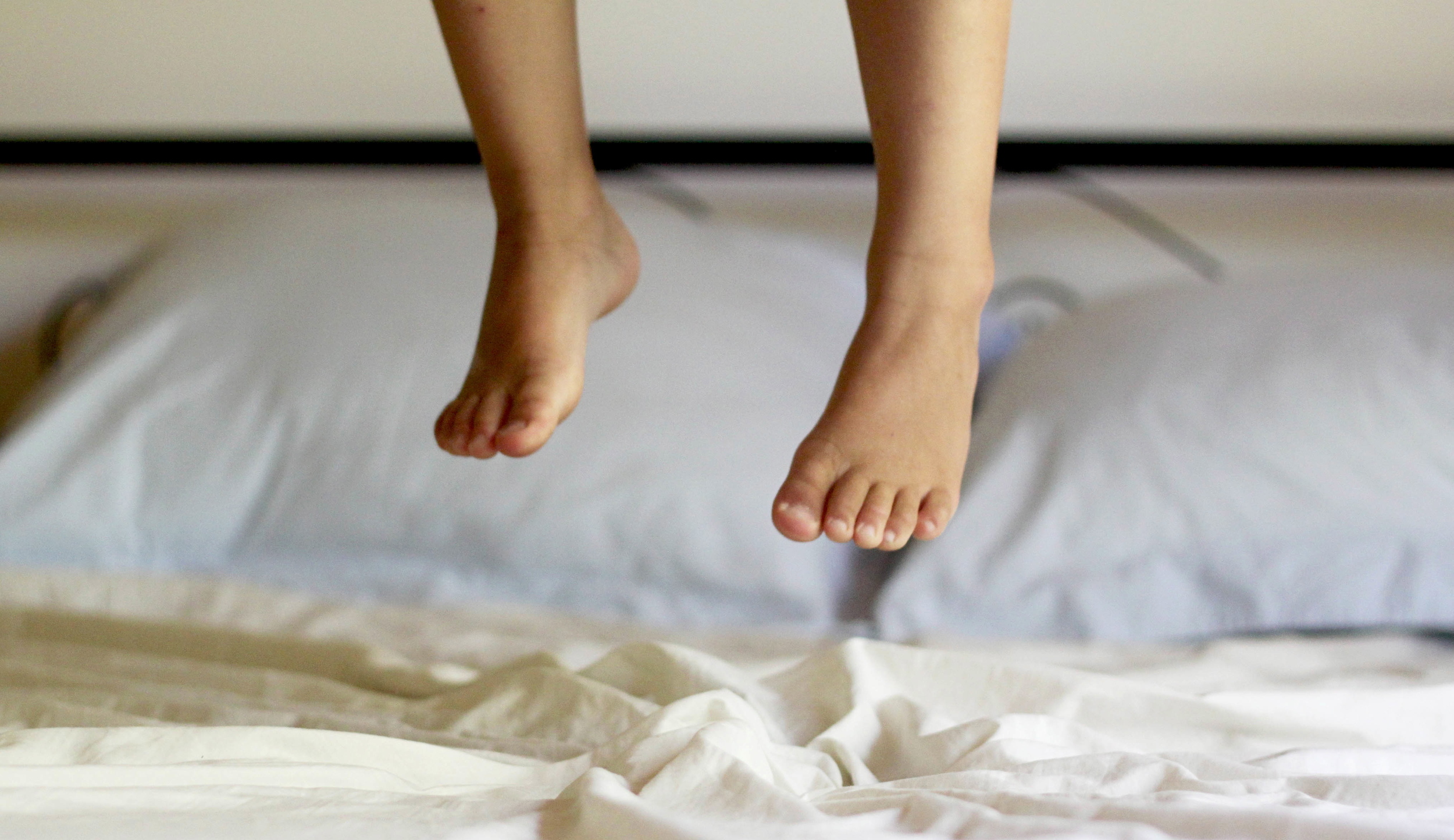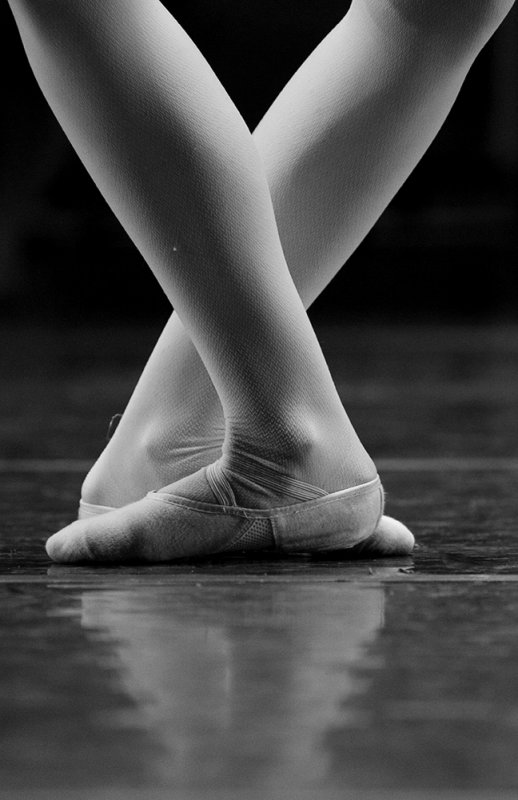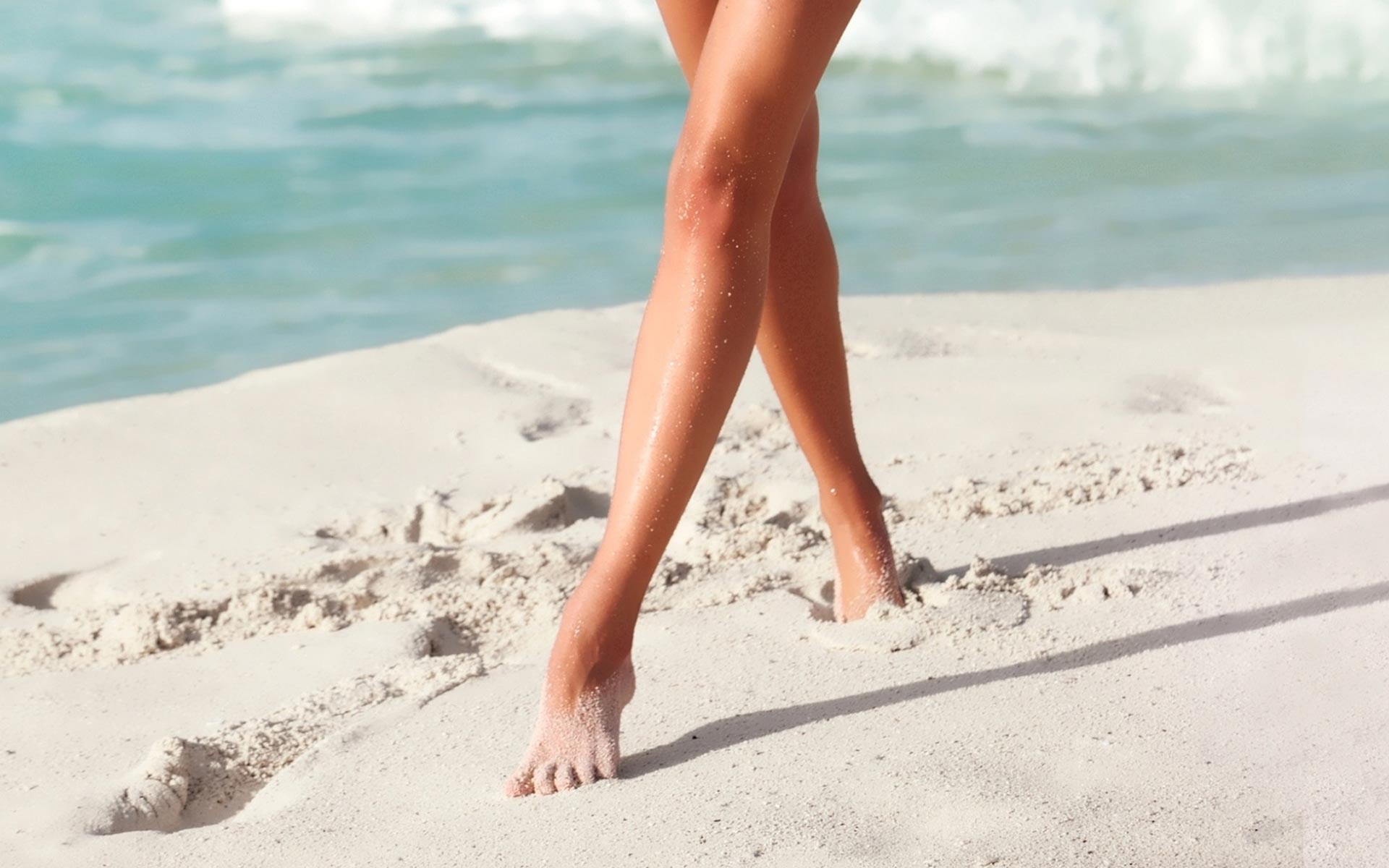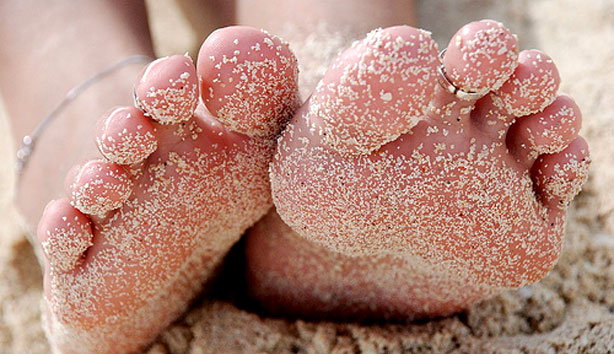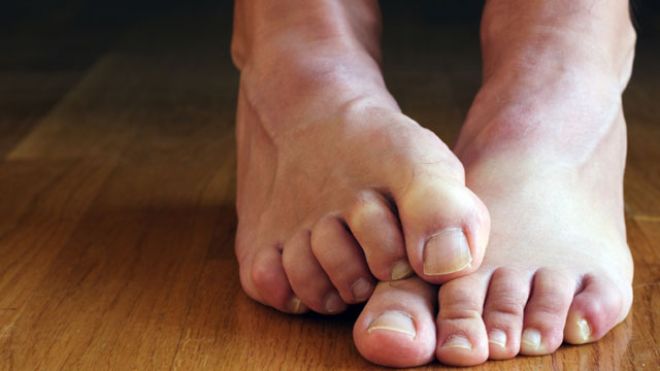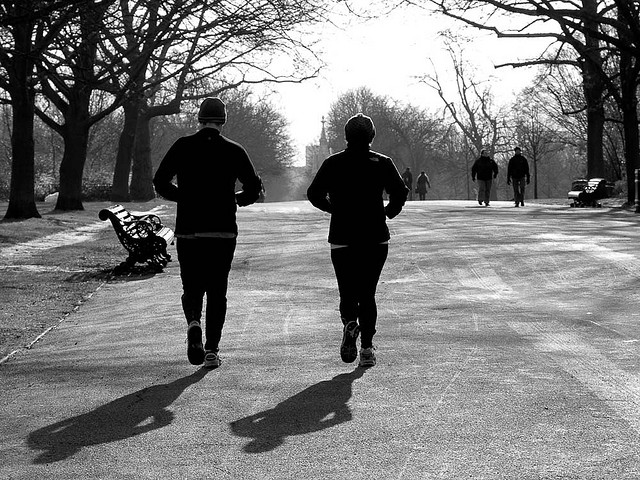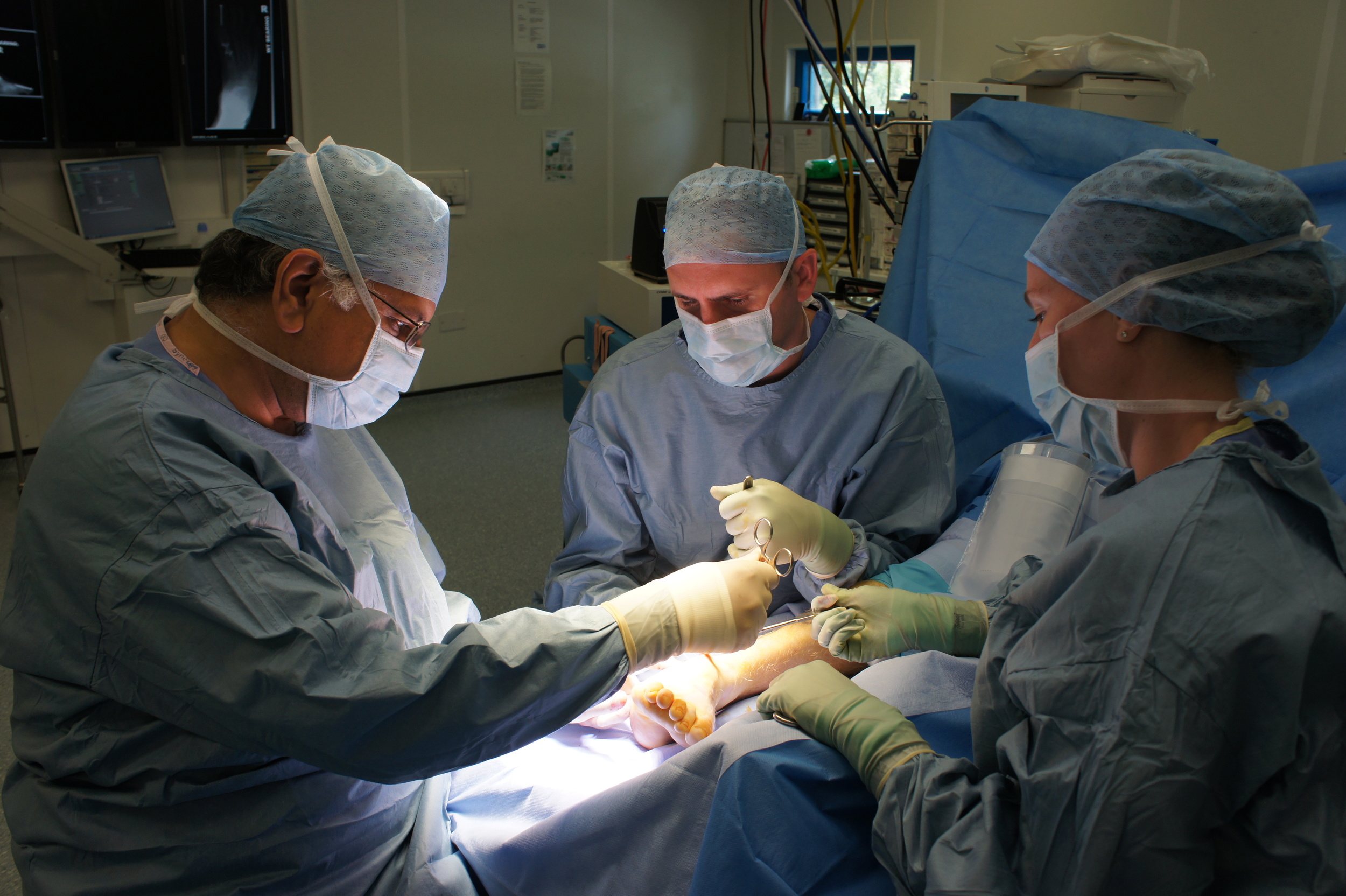During the gait cycle we put increased pressure through various regions of the foot, which can be amplified with abnormalities or pathology in these areas, so when it comes to choosing the right footwear, one option to explore is rocker soled running shoes. These shoes, designed with a curved sole, can significantly modify the way our feet interact with the ground during each step. By encouraging a smooth rolling motion from heel to toe, rocker soled running shoes provide added support and minimize stress in the ankle, midfoot and forefoot. This can be particularly beneficial for individuals with ankle or midfoot arthritis and hallux rigidus or metatarsalgia.
Shoes
Footwear Guide
It is reported that up to one in every six people--have trouble with their feet, often resulting from improperly-fitting shoes. This represents a huge public health risk.
We’re all susceptible to foot and ankle injuries, but we can reduce our risk for them by wearing properly-fitting shoes that conform to the natural shape of our feet. In selecting shoes, keep this basic principle of good fit in mind: Your feet should never be forced to conform to the shape of a pair of shoes.
Although style is often a key consideration in choosing a pair of shoes, the most important quality to look for in shoes-from a practical standpoint-is durable construction that will protect your feet and keep them comfortable. Shoes that do not fit can cause bunions, corns, calluses, hammertoes, metatarsalgia and other disabling foot disorders.
Recommendations for Footwear
There are various tips to help you reduce your risk of foot problems. You might find this guide useful when you’re shopping for shoes for you and your family:
-
- Have both feet measured every time you purchase shoes. Your foot size increases as you get older.
- Try to wear a shoe with a slightly lower heel ideally no higher than 2 1/4 inches.
- Try on new shoes at the end of the day. Your feet normally swell and become larger after standing or sitting during the day.
- Shoes should be fitted carefully to your heel as well as your toes.
- Try on both shoes.
- There should be 1/2-inch space from the end of your longest toe to the end of the shoe.
- Fit new shoes to your largest foot. Most people have one foot larger than the other.
- Walk around in the shoes to make sure they fit well and feel comfortable.
- If you wear Insoles or orthoses make sure that your shoes fit comfortablywith these inside.
- Sizes vary among shoe brands and styles. Judge a shoe by how it fits on your foot not by the marked size.
- When the shoe is on your foot, you should be able to freely wiggle all of your toes.
- If the shoes feel too tight. don't buy them. There is no such thing as a "break-in period."
- Most high heeled-shoes have a pointed. narrow toe box that crowds the toes and forces them into an unnatural triangular shape. As heel height increases, the pressure under the ball of the foot may double, placing greater pressure on the forefoot as it is forced into the pointed toe box.
- Most high heeled-shoes have a pointed. narrow toe box that crowds the toes and forces them into an unnatural triangular shape. As heel height increases, the pressure under the ball of the foot may double, placing greater pressure on the forefoot as it is forced into the pointed toe box.
Be sociable..share!


